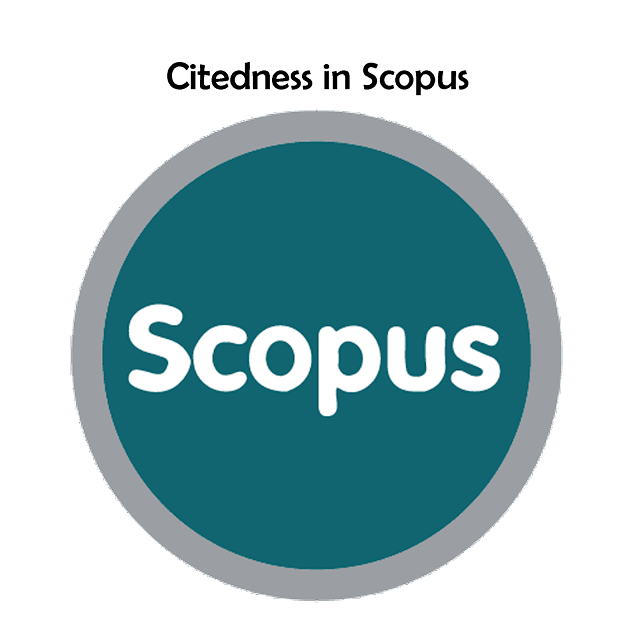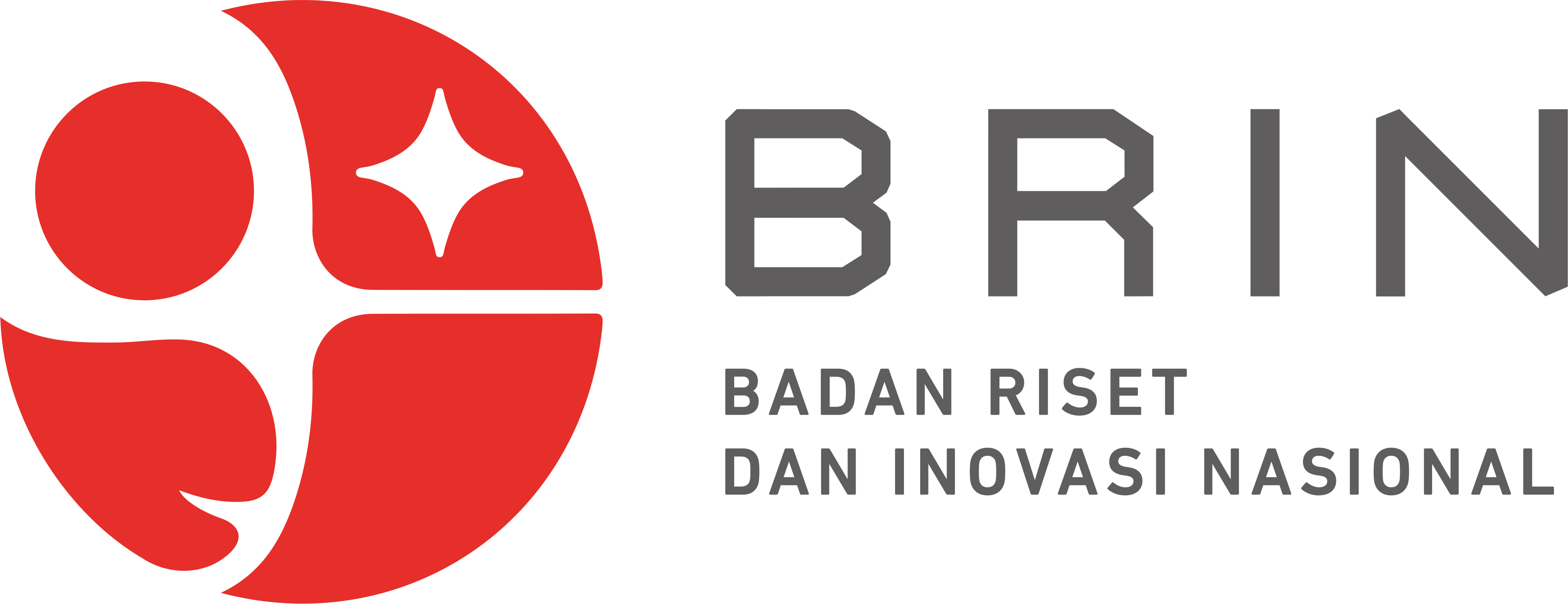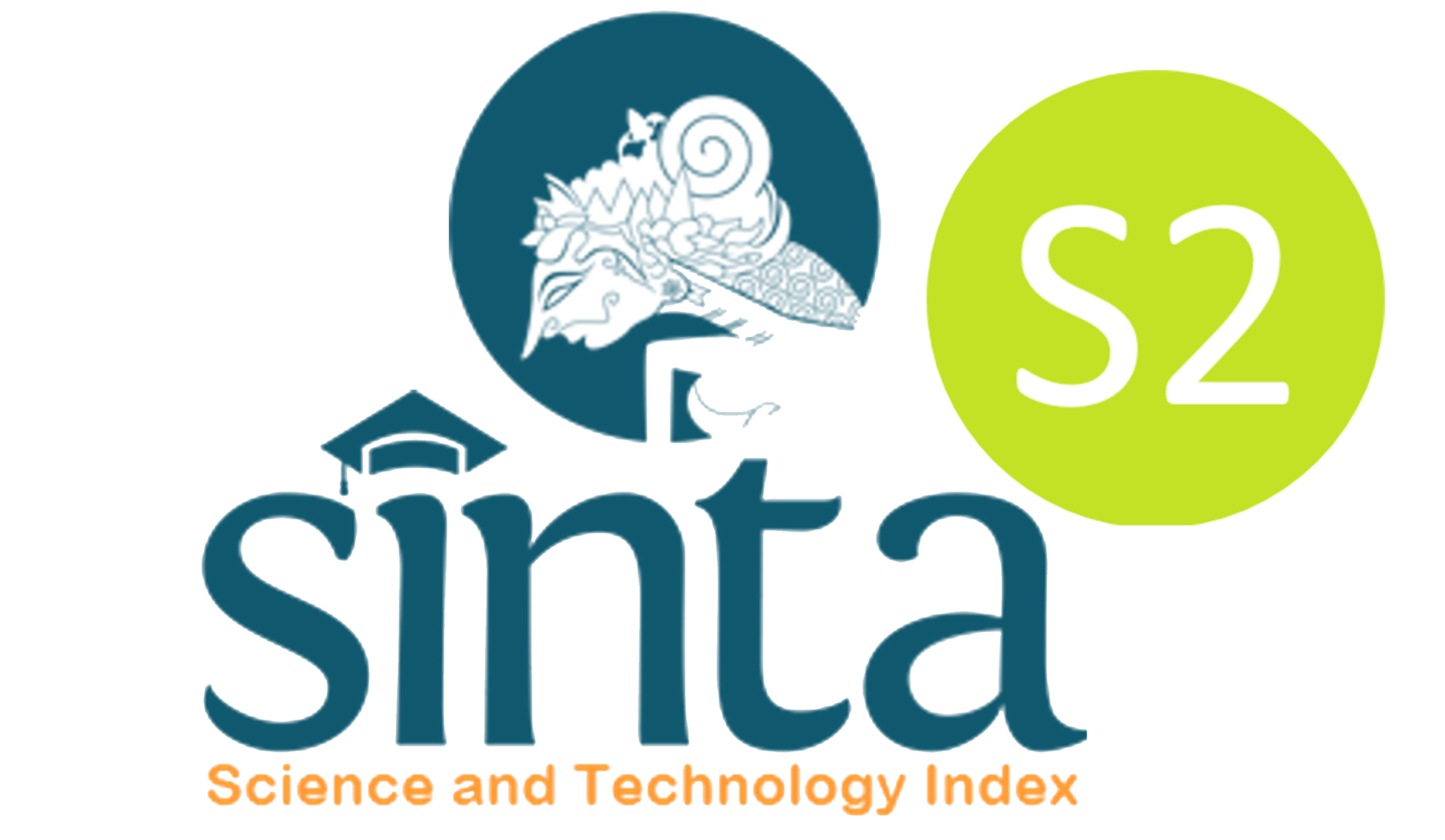Hierarchical clustering for crime rate mapping in Indonesia
Rendra Gustriansyah(1*); Juhaini Alie(2); Nazori Suhandi(3);
(1) Universitas Indo Global Mandiri
(2) Universitas Indo Global Mandiri
(3) Universitas Indo Global Mandiri
(*) Corresponding Author
AbstractThe Sustainable Development Goals (SDGs) are a blueprint for improving the human life quality. Goal 16 (G16) is related to security, and it is in line with the Universal Declaration of Human Rights and the Preamble to the 1945 Constitution. To support the implementation of the G16 achievement, the Indonesian National Police (Polri) has made serious efforts to provide a sense of safety for the community and to minimize crime rates. One of the efforts that could be made is to map areas based on the level of crimes so that the Polri can determine the appropriate strategy/priority of action for mitigation. Therefore, this study aimed to cluster provinces in Indonesia based on the four G16 indicators of the SDGs related to security, namely the number of homicide cases, the victim proportion, the proportion of people who feel safe walking alone in the area where they live, and the proportion of victims of violence that reported to the police in the past year using five hierarchical clustering methods, namely: Single-Linkage, Average-Linkage, Complete-Linkage, Ward, and Division Analysis. Then, methods were validated and compared using six cluster validations to obtain the most compact method. The results showed that Ward's method outperformed the others and produced three clusters. Clusters 1, 2, and 3 contained 18, 5, and 11 provinces respectively.
KeywordsCrime; Hierarchical Clustering Method; Machine Learning; Sustainable Development Goals
|
Full Text:PDF |
Article MetricsAbstract view: 701 timesPDF view: 245 times |
Digital Object Identifier https://doi.org/10.33096/ilkom.v14i3.1135.275-283 https://doi.org/10.33096/ilkom.v14i3.1135.275-283
|
Cite |
References
R. N. Fahmi, M. Jajuli, and N. Sulistiyowati, “Analisis pemetaan tingkat kriminalitas di kabupaten Karawang menggunakan Algoritma K-Means,” INTECOMS J. Inf. Technol. Comput. Sci., vol. 4, no. 1, pp. 67–79, Jun. 2021.
A. Joshi, A. S. Sabitha, and T. Choudhury, “Crime analysis using K-Means clustering,” in 2017 3rd International Conference on Computational Intelligence and Networks (CINE), 2017, pp. 33–39.
E. D. Aritonang, H. S. Tambunan, J. T. Hardinata, E. Irawan, and D. Suhendro, “Penerapan data mining dalam mengelompokkan provinsi rawan kejahatan menggunakan algoritma K-Means,” in KOMIK (Konferensi Nasional Teknologi Informasi dan Komputer), 2020, pp. 35–42.
A. A. Alkhaibari and Ping-Tsai Chung, “Cluster analysis for reducing city crime rates,” in 2017 IEEE Long Island Systems, Applications and Technology Conference (LISAT), 2017, pp. 1–6.
N. G. P. R. Taram, I. K. G. Sukarsa, and I. G. A. M. Srinadi, “Pengelompokan tingkat kriminalitas dengan metode Agglomerative dan K-Means serta Peubah Pencirinya,” E-Jurnal Mat., vol. 8, no. 2, pp. 102–111, May 2019.
E. H. S. Atmaja, “Pengelompokan tingkat kriminalitas di kota Yogyakarta dengan menggunakan metode K-Means clustering,” in Seminar Nasional Riset dan Teknologi Terapan, 2018, pp. IK7–IK15.
H. D. Tampubolon, S. Suhada, M. Safii, S. Solikhun, and D. Suhendro, “Penerapan algoritma K-Means dan K-Medoids clustering untuk mengelompokkan tindak kriminalitas berdasarkan provinsi,” J. Ilmu Komput. dan Teknol., vol. 2, no. 2, pp. 6–12, Nov. 2021.
B. Sivanagaleela and S. Rajesh, “Crime analysis and prediction using Fuzzy C-Means algorithm,” in 2019 3rd International Conference on Trends in Electronics and Informatics (ICOEI), 2019, pp. 595–599.
M. D. Simatupang and A. W. Wijayanto, “Analisis klaster berdasarkan tindakan kriminalitas di Indonesia tahun 2019,” J. Stat. Ind. dan Komputasi, vol. 6, no. 1, pp. 10–19, 2021.
S. K. Appiah, K. Wirekoh, E. N. Aidoo, S. D. Oduro, and Y. D. Arthur, “A model-based clustering of expectation–maximization and K -means algorithms in crime hotspot analysis,” Res. Math., vol. 9, no. 1, pp. 1–12, Dec. 2022.
N. Azis et al., “Mapping study using the unsupervised learning clustering approach,” IOP Conf. Ser. Mater. Sci. Eng., vol. 1088, no. 1, pp. 1–7, Feb. 2021.
M. A. Nahdliyah, T. Widiharih, and A. Prahutama, “Metode k-Medoids clustering dengan validasi silhouette index dan C-Indeks (Studi Kasus Jumlah Kriminalitas Kabupaten/Kota di Jawa Tengah Tahun 2018),” J. Gaussian, vol. 8, no. 2, pp. 161–170, May 2019.
A. Baqir, S. ul Rehman, S. Malik, F. ul Mustafa, and U. Ahmad, “Evaluating the performance of hierarchical clustering algorithms to detect spatio-temporal crime hot-spots,” in 2020 3rd International Conference on Computing, Mathematics and Engineering Technologies (iCoMET), 2020, pp. 1–5.
Statistics-Indonesia, “Social Resilience,” Social Resilience, 2022. [Online]. Available: https://bps.go.id/subject/34/politik-dan-keamanan.html.
S. F. Mu’afa and N. Ulinnuha, “Perbandingan metode Single Linkage, Complete Linkage dan Average Linkage dalam pengelompokan kecamatan berdasarkan variabel jenis ternak kabupaten Sidoarjo,” Inf. J. Ilm. Bid. Teknol. Inf. dan Komun., vol. 4, no. 2, pp. 1–5, Jul. 2019.
Y. Ogasawara and M. Kon, “Two clustering methods based on the Ward’s method and dendrograms with interval-valued dissimilarities for interval-valued data,” Int. J. Approx. Reason., vol. 129, pp. 103–121, Feb. 2021.
L. Bellanger, A. Coulon, and P. Husi, “Determination of cultural areas based on medieval pottery using an original divisive hierarchical clustering method with geographical constraint (MapClust),” J. Archaeol. Sci., vol. 132, pp. 1–18, Aug. 2021.
R. Gustriansyah, N. Suhandi, and F. Antony, “Clustering optimization in RFM analysis based on k-means,” Indones. J. Electr. Eng. Comput. Sci., vol. 18, no. 1, pp. 470–477, 2020.
S. Cahyani, R. Wiryasaputra, and R. Gustriansyah, “Identifikasi huruf kapital tulisan tangan menggunakan Linear Discriminant Analysis dan Euclidean Distance,” J. Sist. Inf. Bisnis, vol. 8, no. 1, pp. 57–67, Apr. 2018.
F. Batool and C. Hennig, “Clustering with the Average Silhouette Width,” Comput. Stat. Data Anal., vol. 158, pp. 1–18, Jun. 2021.
S. Liang, D. Han, and Y. Yang, “Cluster validity index for irregular clustering results,” Appl. Soft Comput., vol. 95, pp. 1–17, Oct. 2020.
X. Zhang, M. Zhao, J. Appiah, and M. D. Fontaine, “Improving interstate freeway travel time reliability analysis by clustering travel time distributions,” Transp. Res. Rec. J. Transp. Res. Board, vol. 2675, no. 10, pp. 566–577, Oct. 2021.
Refbacks
- There are currently no refbacks.
Copyright (c) 2022 Rendra Gustriansyah, Juhaini Alie, Nazori Suhandi

This work is licensed under a Creative Commons Attribution-ShareAlike 4.0 International License.










